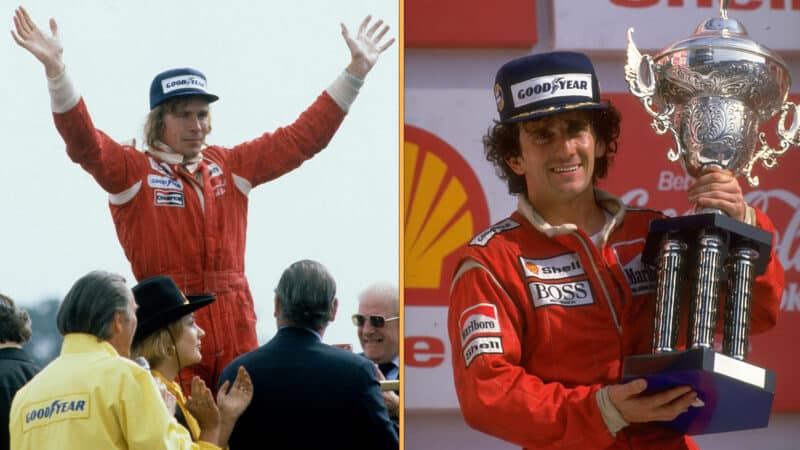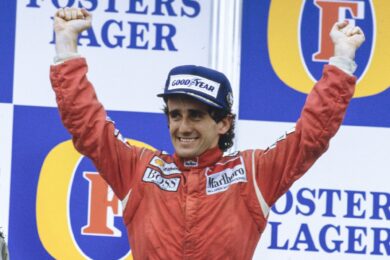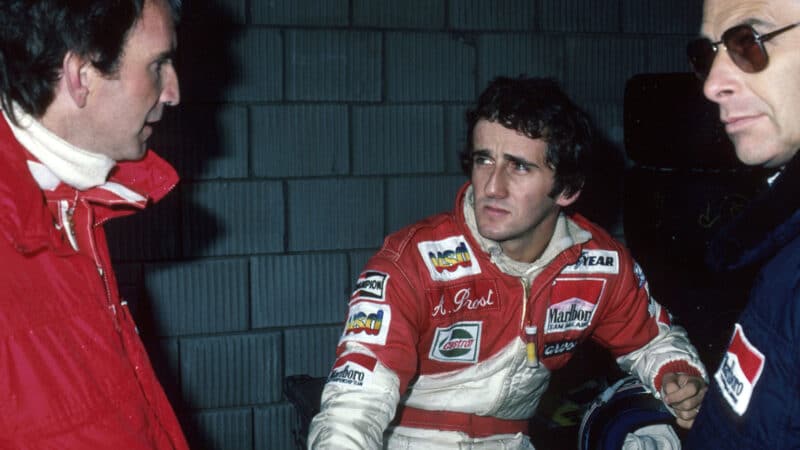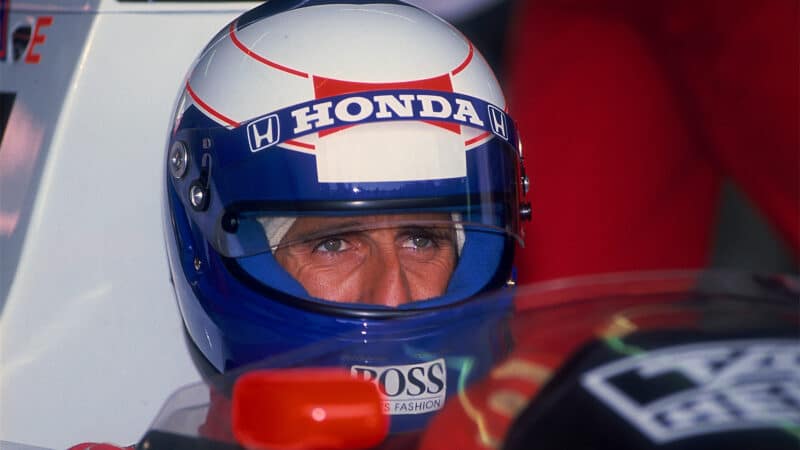Anderson witnessed this seismic shift, having worked with Hunt (“He didn’t really want to be a racing driver”) before observing Prost’s wiliness during his first test with the team (“He was quick but he was also clever”), and recounts his time alongside both drivers and the stories that defined them in our latest podcast.
The man who would go on to design Jordan’s debut 191 F1 car joined McLaren in 1977, the year after Hunt’s title success. The team’s performance had faded and Anderson was tasked with returning McLaren to the front of the field utilising ground effect aerodynamics – a feature that is now a major part of the current F1 regulations but at the time was a relatively new phenomenon.
But with Hunt’s interest waning, Anderson couldn’t count on his feedback.
“He was very very talented,” the designer remembers. “But the big thing was, he didn’t really want to be a racing driver, he just wanted to do something successful. When we went testing, the last thing James wanted to do was drive the car, because he knew when it came time to put in the lap – he would do it.”

Hunt never showed the greatest enthusiasm in developing his McLaren
Getty Images
“It was what we know James Hunt as today – somebody who was living a life that he wanted to live and needed some of that stuff [racing] to bring him the – well the air stewardesses I think you might call it!”
Although the lack of testing and driver feedback translated on track – McLaren only capturing three race victories and five podiums over the 1977 and ’78 seasons – Hunt continued to fulfil his reputation off-track.
“He was a pleasure to work for – he liked a bit of fun,” says Anderson. “He came to my first housewarming party in his stretch limo and the first thing he did was organise all the parking so people could get into the house. He was a nice guy and I enjoyed working with him but the last thing he ever wanted to do was drive a racing car.”
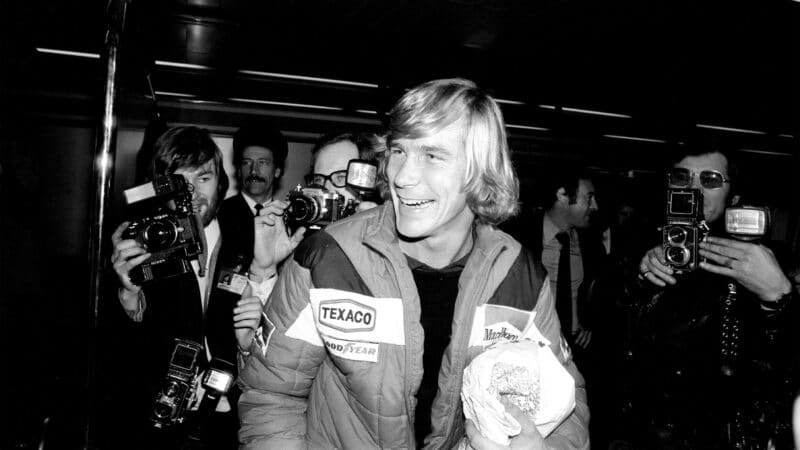
Hunt constantly lived life in the fastest lane
Getty Images
This lifestyle was in direct contrast to Prost, McLaren’s next great prodigy who began testing with the team in 1979 following a period of domination in the French and European F3 championships – winning the title in each.
